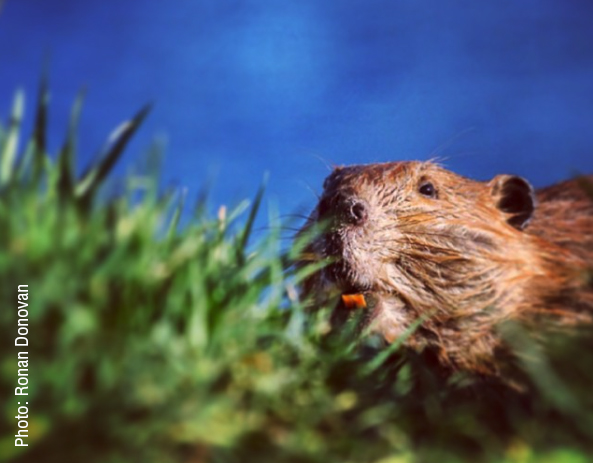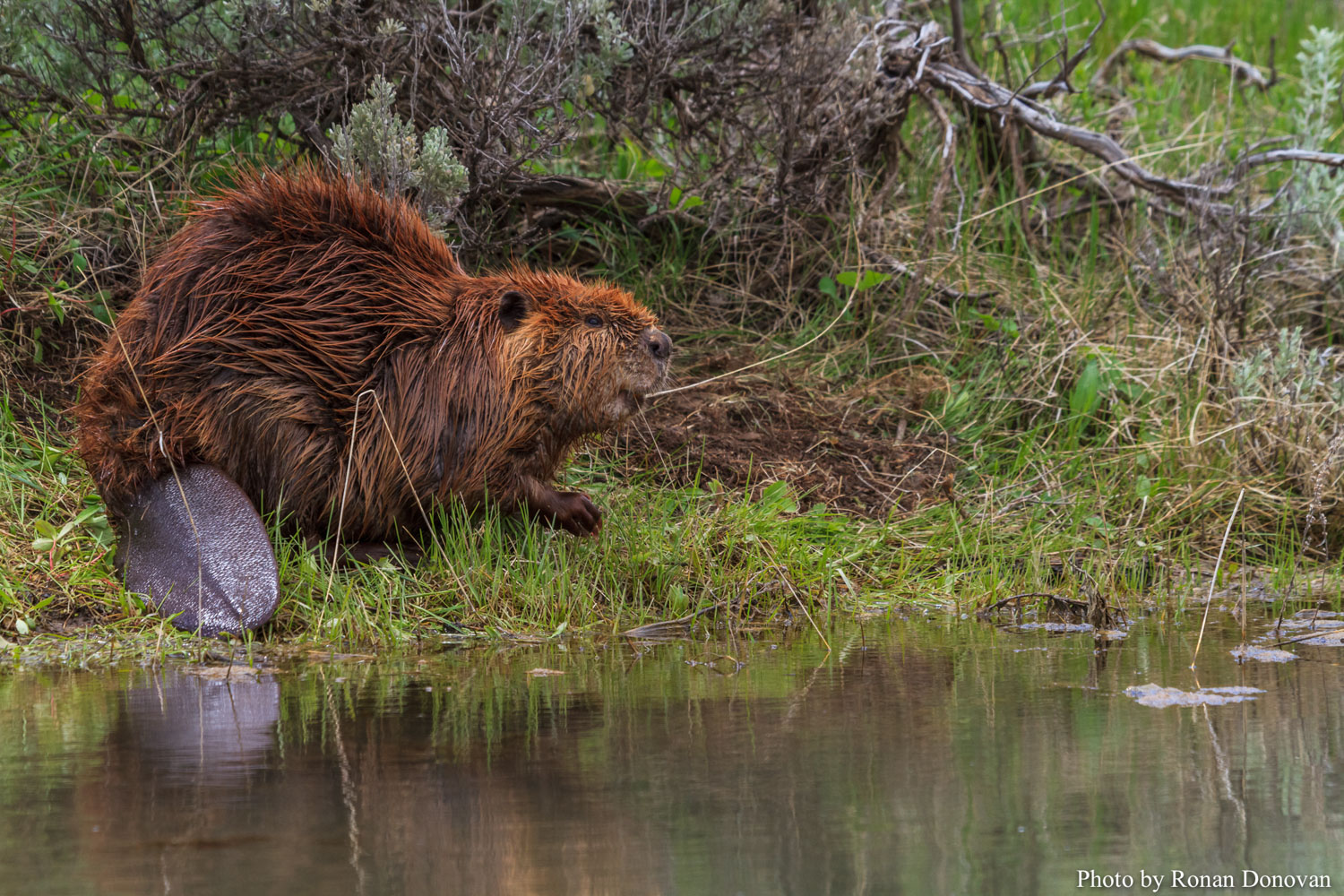Where Have all the Wetlands Gone?
By: Chris Nixon, SAS Board Member and SAS Wetlands Preservation Project Committee Chair
The Native Americans that utilized the abundant resources of the Gallatin Valley knew it as the ‘Valley of Flowers’. They could have just as accurately called this lush region the ‘Valley of the Beaver’. It would be difficult for current day inhabitants to envision how much of the valley was a vast wetland complex of beaver dams, ponds, and sloughs teaming with geese, swans, ducks and other waterfowl interspersed among the Elk, Bison, Moose, Black Bear, Grizzly Bear, Mule Deer, White-tail Deer, and…well you name it. It was here.
When viewing wetlands in Bozeman today you may find yourself gazing upon wings you would not have expect in a wetland. As birders, we would hope to see the colorful flashes from speculums of various ducks – not spicy hot wings. But, times – they are a changing with the rapid growth in our area.
As the rush of new developments impact or obliterate the remaining wetlands within our city limits, you may ask – what’s happening? Aren’t wetlands supposed to be protected? Haven’t we all heard the phrase – “No new net loss of wetlands”? Unfortunately this phrase leaves us nature lovers with more of a warm fuzzy feeling, or should we say – more warm feathered feeling than is rightly warranted.
Yes, the Corp of Engineers (COE) has jurisdiction over wetlands and is given the task of regulating/protecting remaining wetlands. According to the COE, there are three paths forward when one considers actions/developments that can impact/destroy jurisdictional wetlands. 1. Avoid impacting or destroying wetlands. 2. Mitigate onsite or adjacent to the site if one cannot avoid impact/destruction to the wetland. 3. Pay to mitigate offsite by purchasing wetland credits at a designated wetland bank – if impact/destruction is absolutely unavoidable. This last option is the least desirable, least acceptable, and least beneficial method when it comes to preserving the amount of wetlands and the critical functions they provide at the initial site. Unfortunately, this last method has now become the de facto procedure when wetlands are impacted within the city limits of Bozeman. We are now seeing situations where wetlands that were themselves created/enhanced as a mitigation effort for prior impacted/destroyed wetlands are in turn now being destroyed by current developments. These wetlands are now being degraded/eliminated/encroached upon and mitigation credits are being purchased at the nearest wetland bank – about 80 miles away in Twin Bridges, Montana. That private wetland bank is in a different river drainage. This mitigation trend does not preserve the important water recharge, water filtration, flood abatement, and wildlife habitat resources within our drainage basin of the East Gallatin River.
On January 27th, SAS board members spoke before the Bozeman City Commission requesting the Commission address the loss of wetlands in Bozeman. Commissioner Terry Cunningham is championing the wetlands issue and the City Commission voted unanimously to add the issue of wetland loss to their Tier 2 level of priority within the City’s United Development Code (UDC). The City Commission directed Interim City Manager Dennis Taylor to research and identify the amount of staff time and resources it would take to tackle the question of how to best prevent the loss of wetlands within Bozeman City limits. It will not be a simple and easy fix. SAS has offered to rally experts and assist the City in gathering information on how other municipalities have successfully addressed this issue. SAS wants to help identify what options may be available to help preserve and enhance the remaining wetland resources within Bozeman. SAS is investigating establishing a Wetland Mitigation Bank at our new Indreland Audubon Wetland Preserve so that wetland functions and services might be retained within our own watershed of the East Gallatin River.
If you have interest in preserving our local wetlands, we encourage you to speak with any of us on the SAS Wetlands Preservation Project Committee and let your City Commissioners know that you value the wetlands in Bozeman and the ‘Valley of the Beaver’.


